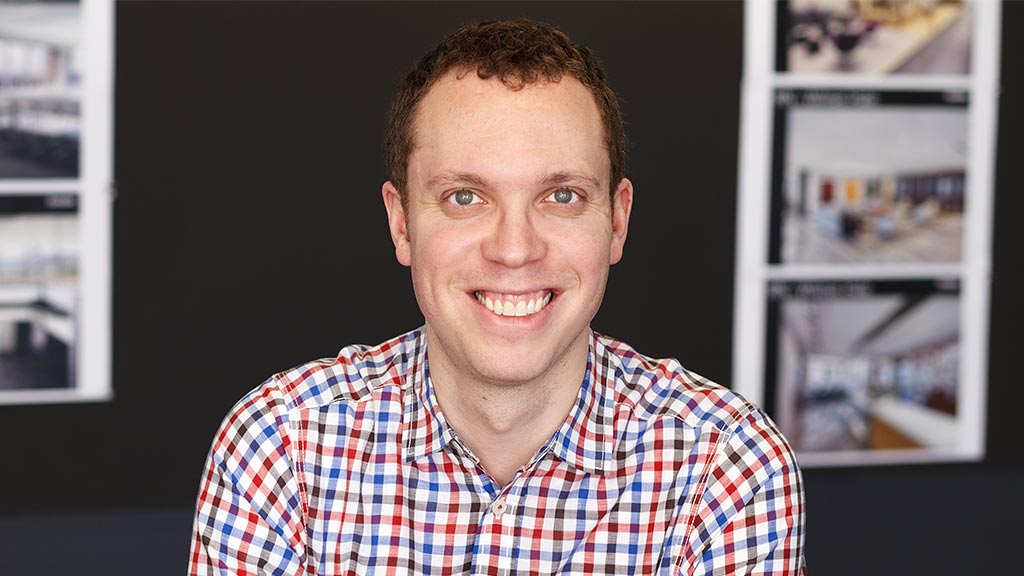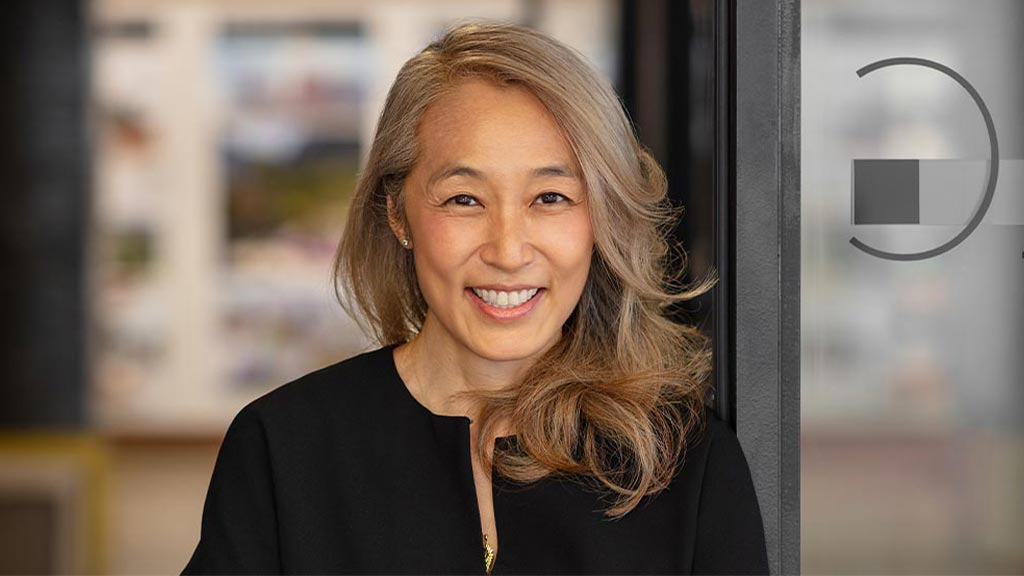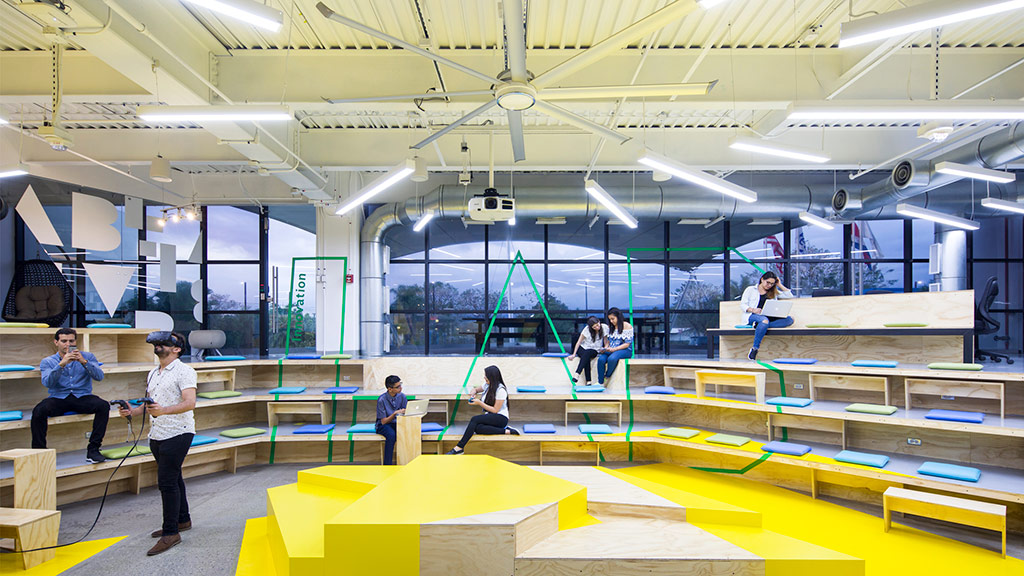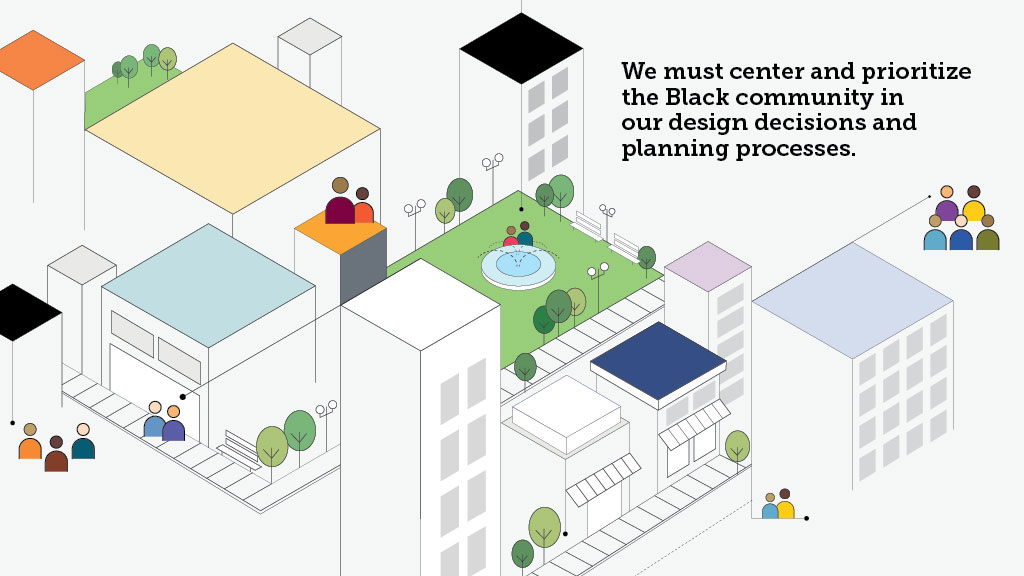The Gensler Research Institute
Established in 2005 to seek out data and insights at the intersection of design, business, and the human experience.
AREAS OF RESEARCH FOCUS
RESEARCH INSTITUTE LEADERSHIP

Tim Pittman
Director of Research, Principal
Tim Pittman is the Director of the Gensler Research Institute with expertise in survey design, analysis, and data visualization.

Janet Pogue McLaurin
Global Director Workplace Research, Principal
Janet Pogue McLaurin is a global leader in Gensler’s Work Sector practice areas and research initiatives.

Rives Taylor
Global Resilience Research Lead, Principal
Rives Taylor directs Gensler’s global Design Resilience teams and initiatives and is a recognized expert in resilient, high-performance, and sustainable design.

Lisa Cholmondeley
Director of the Center for Research on Equity, Design Manager, Principal
As a Principal in our Washington D.C. office, Lisa Cholmondeley is passionate about space and design, and is motivated by the challenges of making ideas reality.

Roger Smith
Director of the Center for Research on Equity, Design Director, Principal
Roger Smith is an architectural design director in Gensler Morristown with experience on a range of projects, from master planning to mixed-used developments.

Sofia Song
Global Cities Lead
Sofia Song is the global leader of cities research at Gensler’s Research Institute, where she leads a cross-disciplinary team to generate new insights and data.
Interested in working with us?






